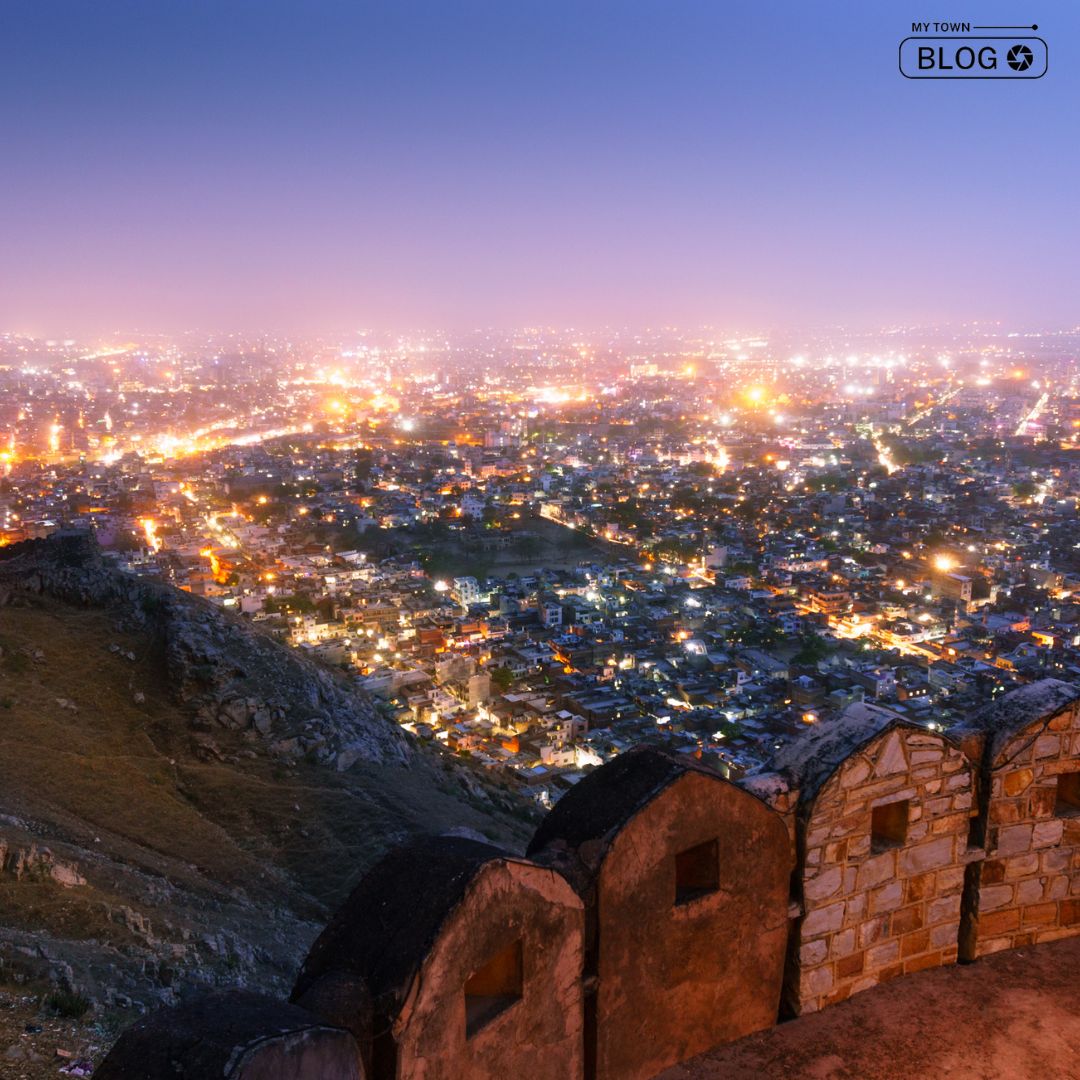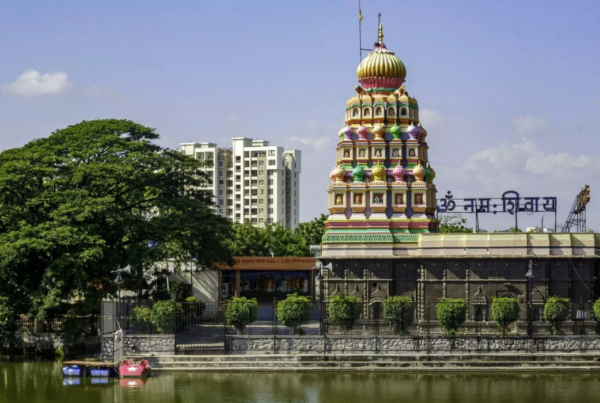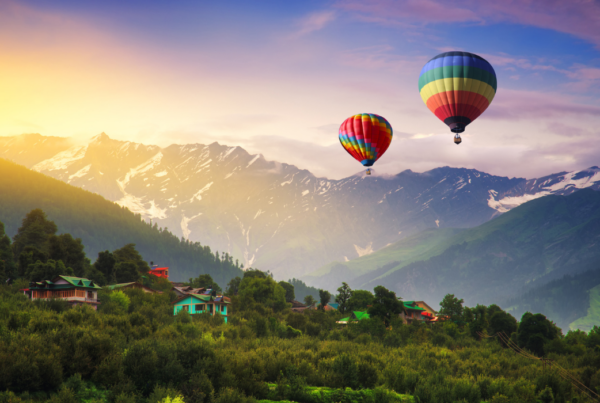Jaipur, the Pink City, beckons travelers from all corners of the world with its captivating blend of history, culture, and architectural splendor. As you step foot into this vibrant city, prepare to be mesmerized by its top tourist attractions in Jaipur.
From majestic forts that narrate tales of valor and grandeur to ornate palaces that echo the opulent past of Rajput rulers, Jaipur offers an unforgettable journey through time. Join us as we embark on an enchanting exploration.
Uncovering the hidden gems and must-visit destinations that make Jaipur a treasure trove of beauty and heritage. So, let’s delve into the heart of the Pink City, where every step reveals the rich tapestry of Rajasthan’s royal history and leaves you with cherished memories to cherish for a lifetime.
Amer Fort
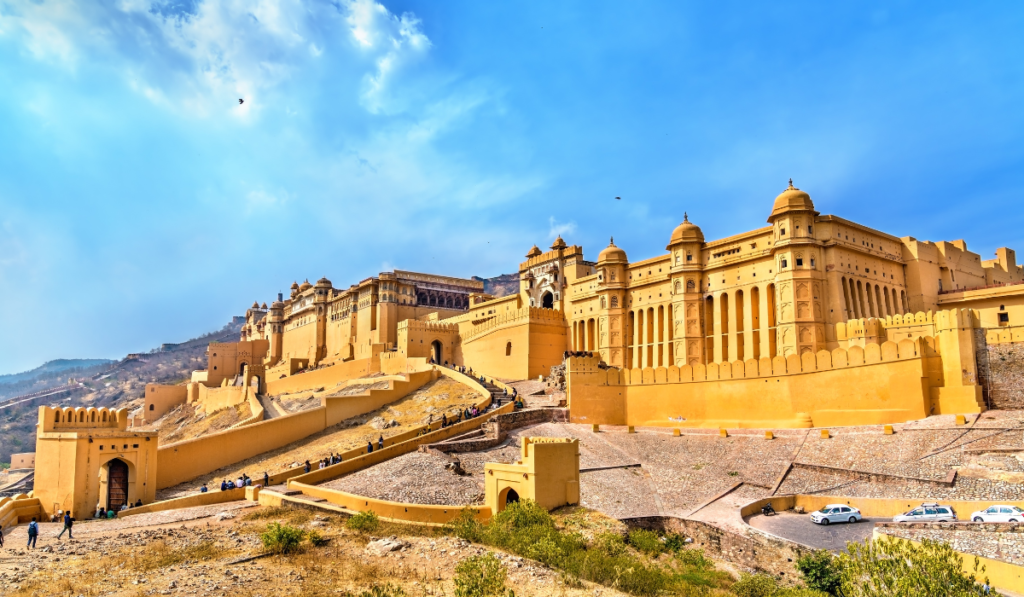
Amer Fort, also known as Amber Fort, stands as a magnificent testament to the rich history of Jaipur. Perched on a hilltop, this majestic fort offers breathtaking views of the surrounding landscape.
The impressive architecture blends Rajput and Mughal styles and adorns itself with intricate carvings, mesmerizing mirror work, and beautiful paintings.
The fort’s Diwan-i-Aam and Diwan-i-Khas, along with the stunning Sheesh Mahal (Mirror Palace), are among its most notable highlights. A visit to Amer Fort transports you back in time, allowing you to immerse yourself in the regal splendor of Rajasthan.
Nahargarh Fort
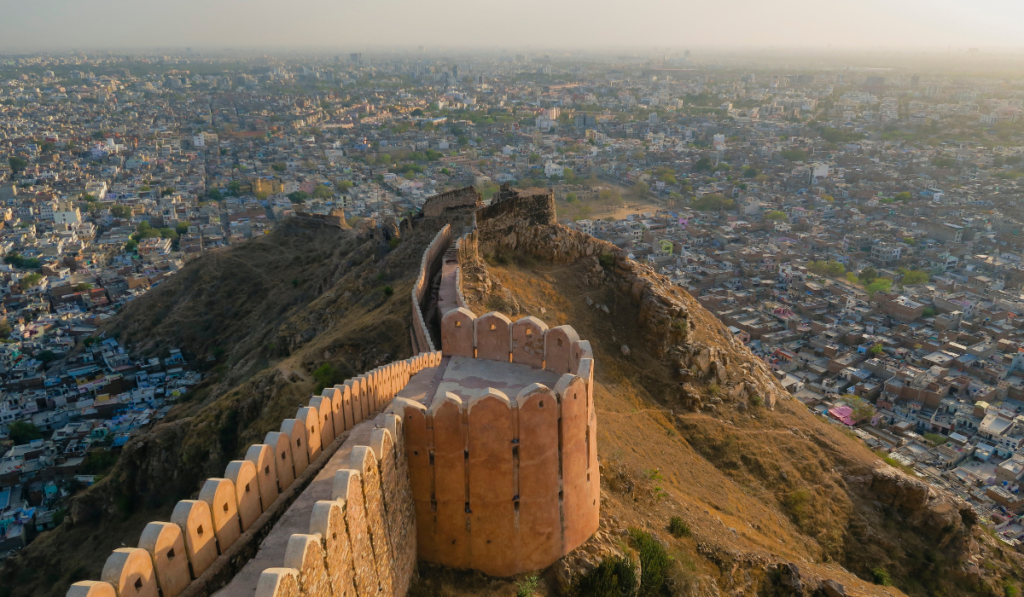
Situated on the rugged Aravalli hills, Nahargarh Fort provides a panoramic view of the pink city of Jaipur. Initially built as a defense fort, Nahargarh has transformed into a popular tourist destination. The fort’s serene ambiance and captivating architecture make it an ideal spot for a leisurely evening.
Besides its historical significance, the fort’s striking beauty has made it a favorite spot for filmmakers and photographers.
Jaigarh Fort
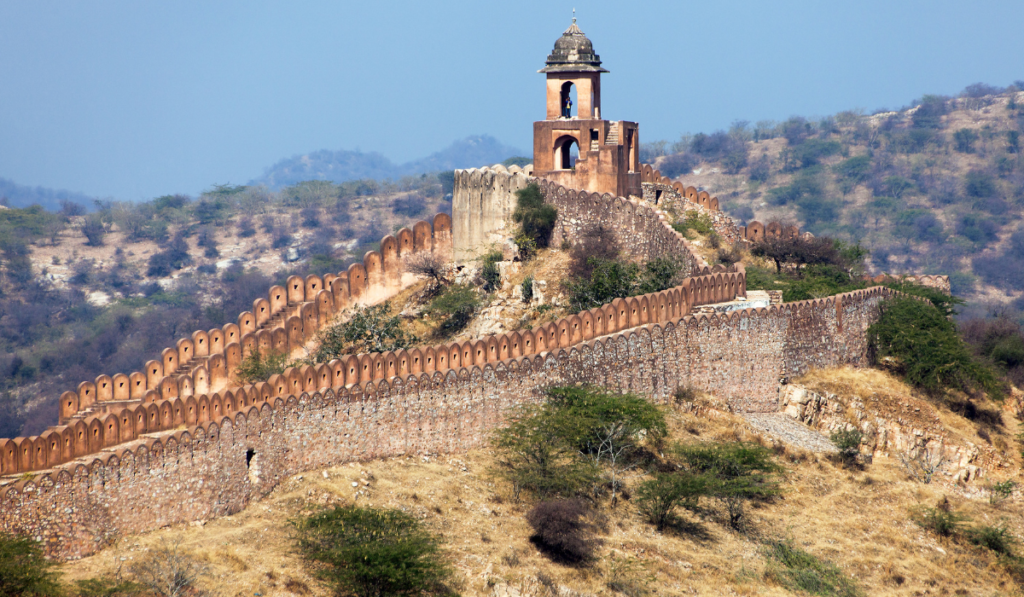
Another magnificent fort in Jaipur, Jaigarh Fort, also known as the Fort of Victory, boasts remarkable military architecture. Standing tall on a hilltop, it offers awe-inspiring views of the city and Amber Fort below.
The fort houses Jaivana, the world’s largest cannon on wheels, which no one has ever fired. Visitors can explore the well-preserved palaces, reservoirs, and temples within the fort complex, delving into the glorious past of the Rajput rulers.
Hawa Mahal
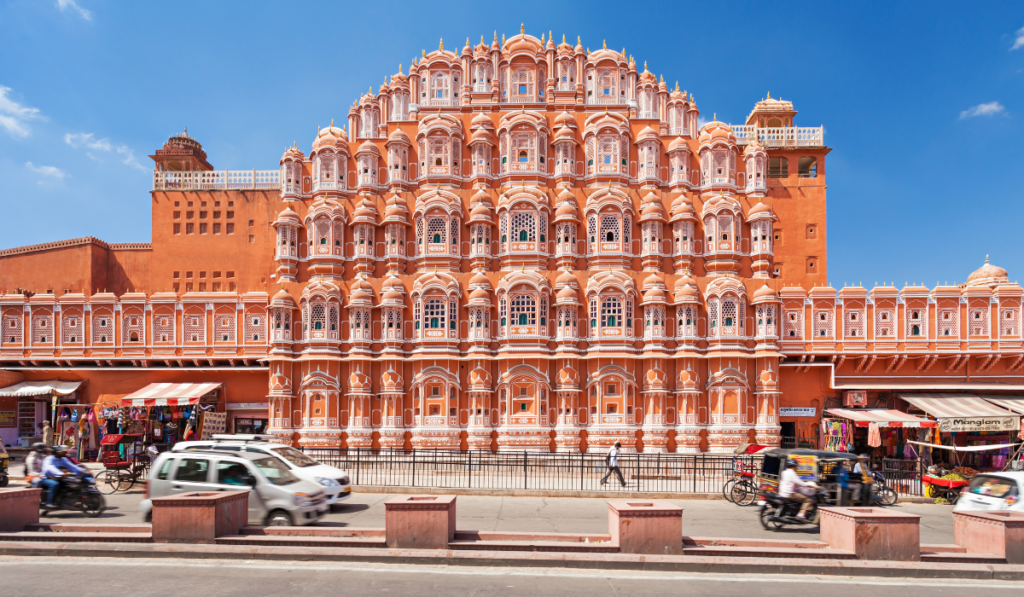
One of Jaipur’s most iconic landmarks, Hawa Mahal, or the Palace of Winds, is a splendid pink sandstone structure with a unique honeycomb-like facade. The architects constructed the building to enable royal ladies to observe everyday life and festivities without getting noticed.
The five-story palace features small windows and balconies intricately adorned with delicate latticework. Hawa Mahal’s striking appearance and historical significance make it a must-visit destination for history enthusiasts and photographers alike.
Jantar Mantar
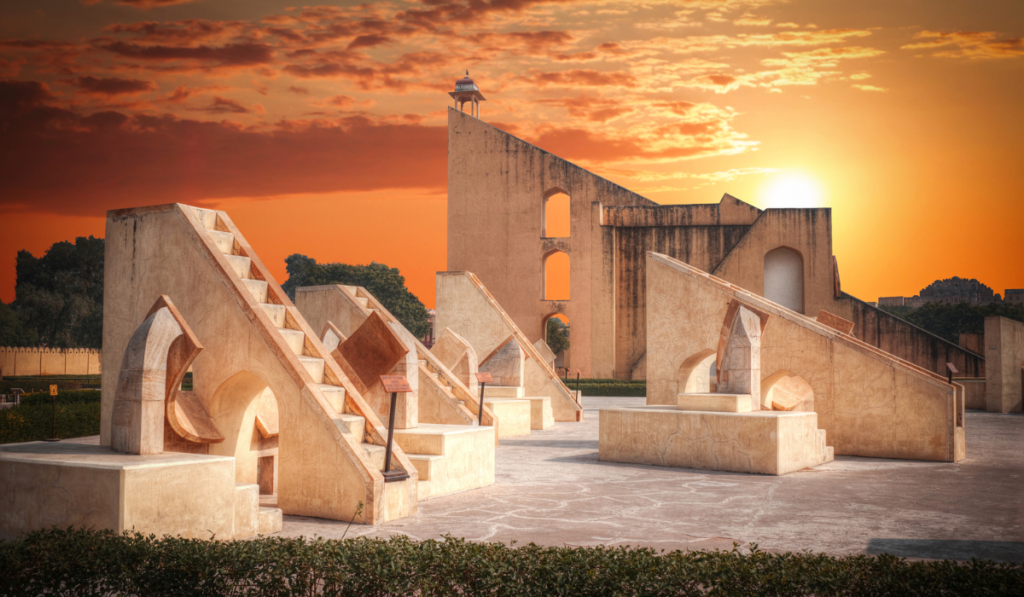
Jantar Mantar, an astronomical observatory built by Maharaja Jai Singh II, has been declared a UNESCO World Heritage Site. This architectural marvel consists of 19 astronomical instruments designed for various celestial observations.
Among these, the Samrat Yantra sundial stands out as the world’s largest stone sundial. Visiting Jantar Mantar provides a fascinating insight into ancient Indian astronomy and the ingenious methods used for precise celestial measurements.
City Palace
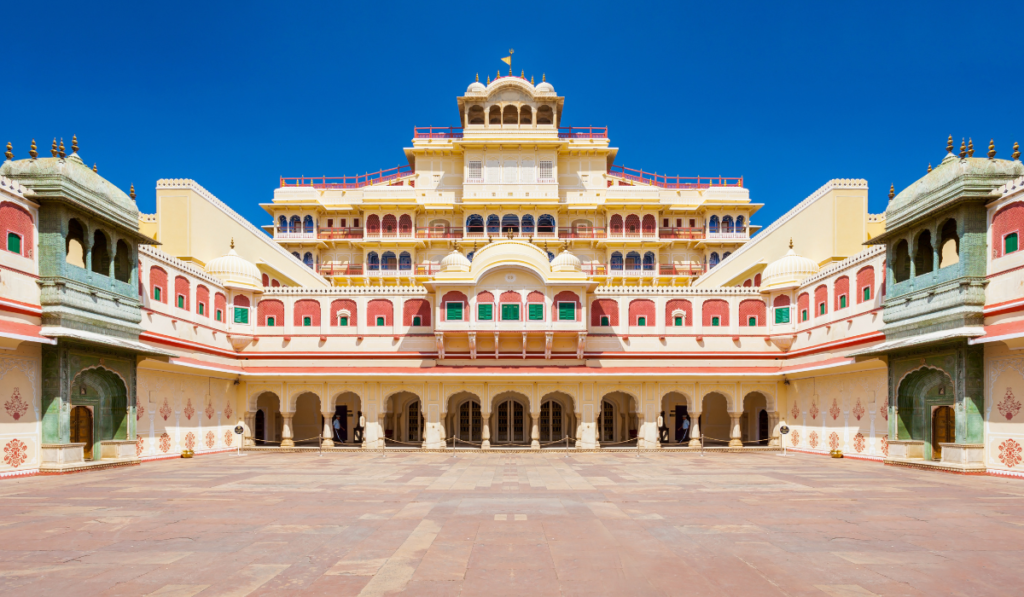
Nestled in the heart of Jaipur, the City Palace is a splendid complex that serves as the residence of the royal family even today. This grand palace showcases an amalgamation of Rajput, Mughal, and European architectural styles.
Visitors can explore its opulent courtyards, beautifully manicured gardens, and various museums housing an extensive collection of art, artifacts, and historical relics. The City Palace is a true reflection of Jaipur’s regal heritage and offers a glimpse into the luxurious lifestyle of its past rulers.
Panna Meena ka Kund
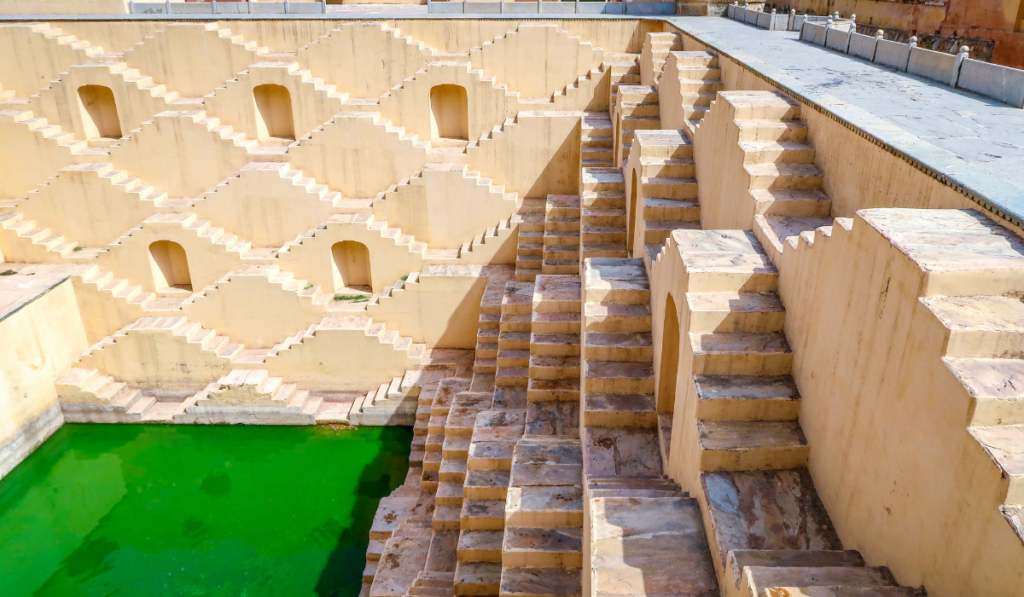
Panna Meena ka Kund is a hidden gem in Jaipur—an ancient stepwell that not only served as a water reservoir but also as a community gathering space.
The symmetrical steps and stunning geometrical patterns carved into the walls make it a photographer’s delight. Though not as well-known as other attractions, the kund’s serene ambiance and intricate design captivate all who stumble upon their beauty.
Jal Mahal
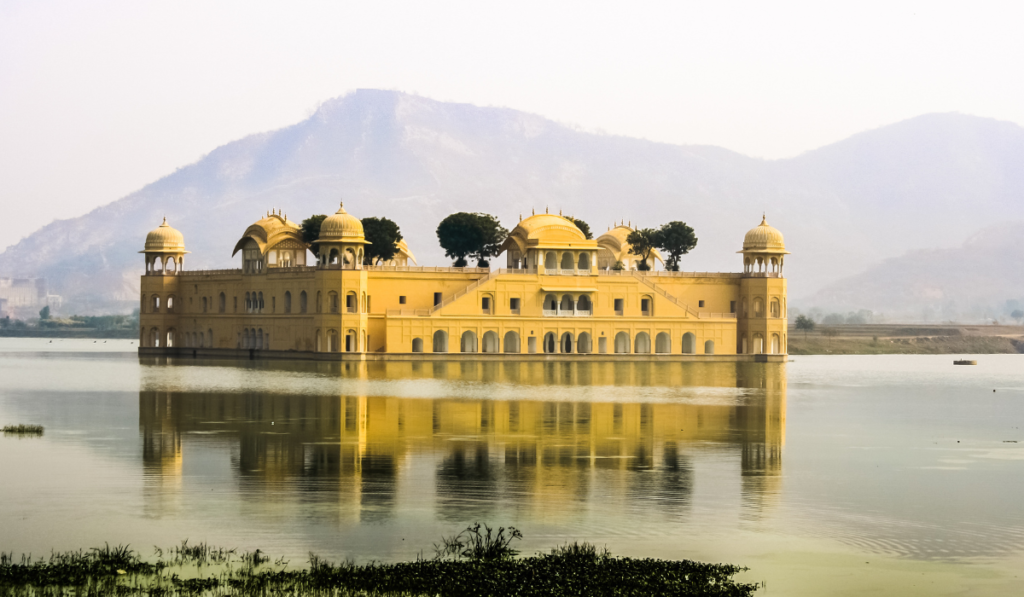
Jal Mahal, or the Water Palace, is an enchanting palace located amidst the picturesque Man Sagar Lake. The palace’s unique feature is that it submerges most of itself underwater, with only the top floor visible above the water’s surface.
The stunning view of the palace against the backdrop of the Aravalli hills makes it a popular destination for both locals and tourists. While the palace cannot be visited from the inside, its exterior charm and the surrounding views make it a memorable sight.
Albert Hall Museum
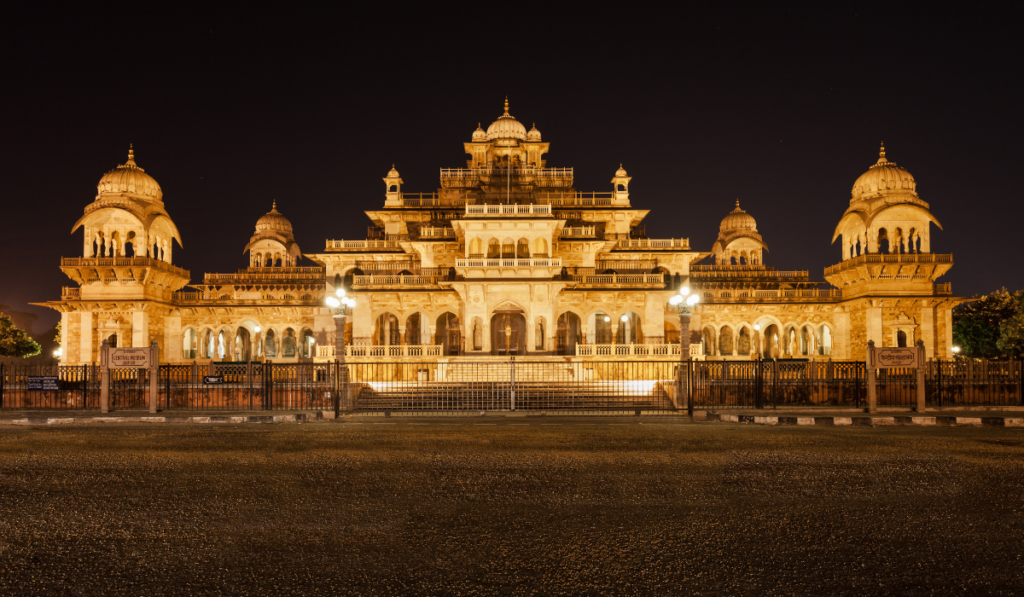
As the oldest museum in Rajasthan, the Albert Hall Museum is a treasure trove of art, history, and culture. Its Indo-Saracenic architecture adds to its allure.
Inside, visitors can explore an impressive collection of paintings, sculptures, carpets, textiles, and artifacts from various periods, including ancient and medieval times. The museum’s extensive displays provide an enriching experience for history enthusiasts and art lovers alike.
Rambagh Palace
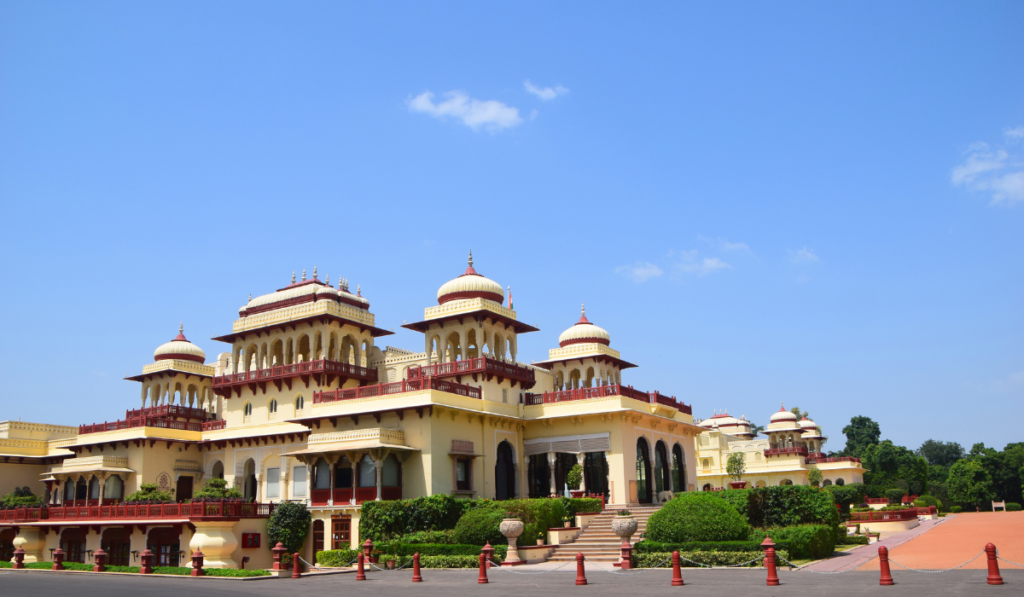
Originally a royal residence, Rambagh Palace now serves as a luxurious heritage hotel. Sprawling gardens, elegant courtyards, and opulent interiors reflect the grandeur of its regal past.
Even if you’re not staying at the palace, a visit to its grandeur is worth it. The palace offers a glimpse into the lavish lifestyle of the Maharajas and provides a taste of Rajasthani hospitality at its finest.
Conclusion
Jaipur, the Pink City of India, stands out as a captivating destination with its top tourist attractions that leave a lasting impression on every visitor. Whether you’re a history enthusiast, an art lover, or simply seeking a mesmerizing vacation.
Jaipur’s top tourist attractions promise an unforgettable experience. So, until we meet again, let the splendor of Jaipur linger in your heart, calling you back to this magical city for another enchanting escapade.
FAQs
Is Nahargarh Fort accessible by public transportation?
Yes, Nahargarh Fort can be accessed by public transport. Regular buses and autorickshaws are available from the city center to reach the fort.
What is the best time to visit Jaipur’s top attractions?
The best time to visit Jaipur’s top attractions is during the winter months, from October to March, when the weather is pleasant and suitable for sightseeing.
What is the significance of Hawa Mahal’s unique architecture?
Hawa Mahal’s unique honeycomb-like facade was designed to allow the royal ladies to observe the daily life and events on the streets without being seen by the public.
Can I take guided tours at the City Palace and Jantar Mantar?
Yes, guided tours are available at the City Palace and Jantar Mantar. Professional guides provide valuable insights into the history, architecture, and cultural significance of these sites.
How much time should I allocate to explore top tourist attractions in Jaipur?
To fully appreciate and explore the top attractions in Jaipur, it’s recommended to allocate at least 2–3 days to cover them comfortably.
What are the popular shopping spots near these top tourist attractions in Jaipur?
Jaipur is renowned for its vibrant markets. Some popular shopping spots in jaipur near these attractions include Johari Bazaar, Tripolia Bazaar, Bapu Bazaar, and Nehru Bazaar.
What are some famous dishes in Jaipur’s traditional cuisine?
Jaipur’s traditional cuisine offers a delectable array of dishes that are a true reflection of the region’s rich culinary heritage. Some of the famous dishes you must try in Jaipur include:
- Dal Baati Churma
- Gatte ki Sabzi
- Pyaaz Kachori
- Mirchi Bada
- Mawa Kachori
- Churma Ladoo
- Malai Lassi
You can also Follow Us On Instagram For More Updates
